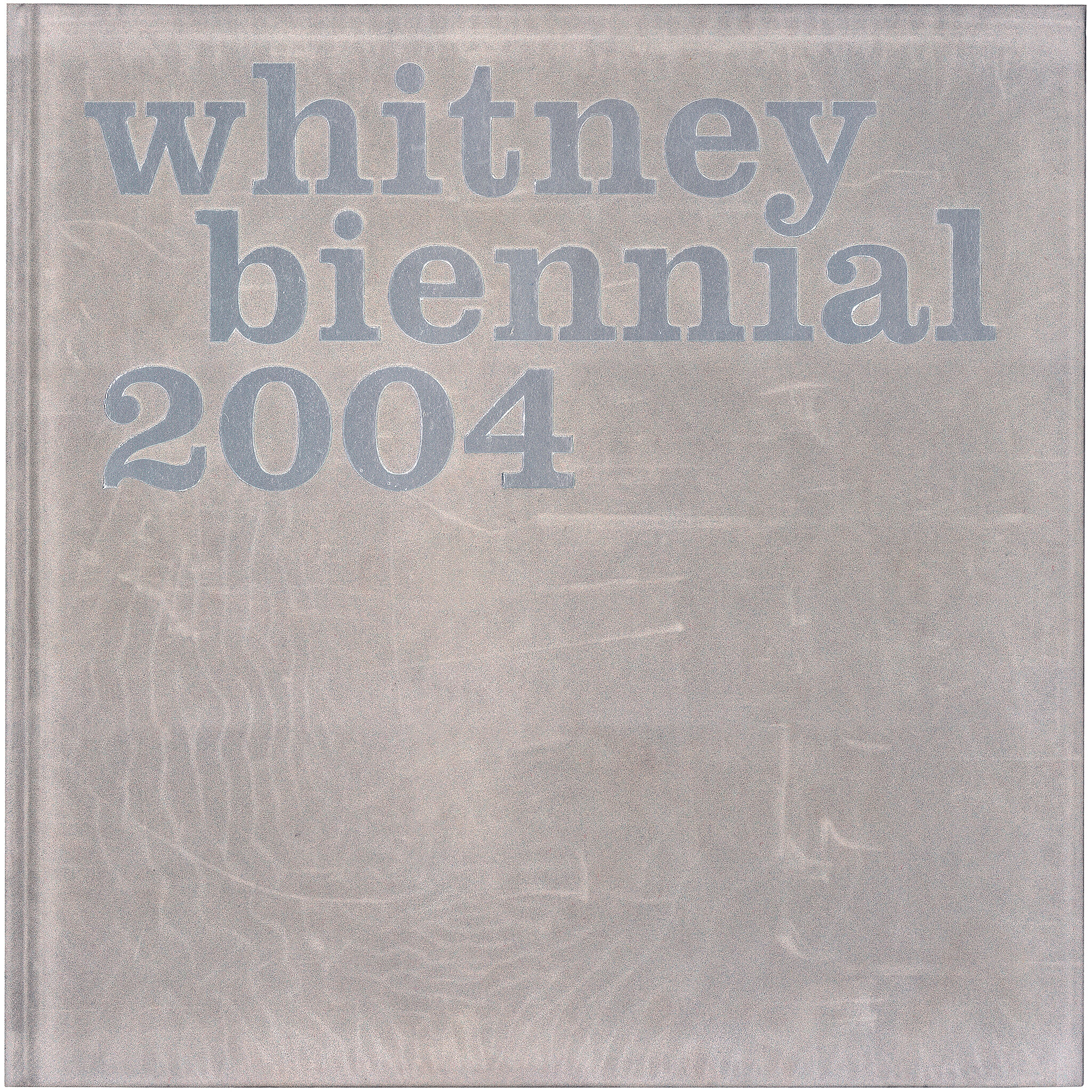Stan Brakhage
1933–2003
Across his fifty-year filmmaking career, Stan Brakhage produced more than three hundred works while helping to define the language of American avant-garde cinema. His singular approach to the use of color, motion, and light resulted in a uniquely lyrical style that, in the artist’s words, sought to depict “birth, sex, death, and the search for God.” Brakhage studied art briefly at Dartmouth and the California School of Fine Arts in San Francisco before turning to film and falling in with various circles of poets, artists, and filmmakers in California, Colorado, and New York. Drawn to the works of the Abstract Expressionist painters of the mid-1950s, Brakhage experimented with scraping, painting, and even collaging onto the emulsion surface of his 16mm film while continuing to document his everyday life. In 1964 he settled in a Colorado mining town, where he trained his camera on the wilderness and the simple domestic activities of his wife and five children.
In addition to these first-person impressions of family life, Brakhage also created entirely abstract time-based works, visceral formal investigations of moving shapes and color produced through innovative techniques. Mothlight, one of Brakhage’s most celebrated abstract films, was produced entirely without a camera by collaging organic detritus between two strips of splicing tape and running this material through a film printer. The projected film casts rhythmic patterns formed by moth wings, flower petals, blades of grass, and dirt flickering across the screen; as Brakhage described, it’s “what a moth might see from birth to death if black were white and white were black.”
Introduction
James Stanley Brakhage ( BRAK-ij; January 14, 1933 – March 9, 2003) was an American experimental filmmaker. He is considered to be one of the most important figures in 20th-century experimental film.
Over the course of five decades, Brakhage created a large and diverse body of work, exploring a variety of formats, approaches and techniques that included handheld camerawork, painting directly onto celluloid, fast cutting, in-camera editing, scratching on film, collage film and the use of multiple exposures. Interested in mythology and inspired by music, poetry and visual phenomena, Brakhage sought to reveal the universal, in particular exploring themes of birth, mortality, sexuality, and innocence. His films are for the most part silent.
Brakhage's films are often noted for their expressiveness and lyricism. While they were for many years obscure and hard to find, many are now archived and readily available on modern home media.
Wikidata identifier
Q698676
Information from Wikipedia, made available under the Creative Commons Attribution-ShareAlike License . Accessed January 2, 2026.
Country of birth
United States
Roles
Artist, cinematographer
ULAN identifier
500122419
Information from the Getty Research Institute's Union List of Artist Names ® (ULAN), made available under the ODC Attribution License. Accessed January 2, 2026.







